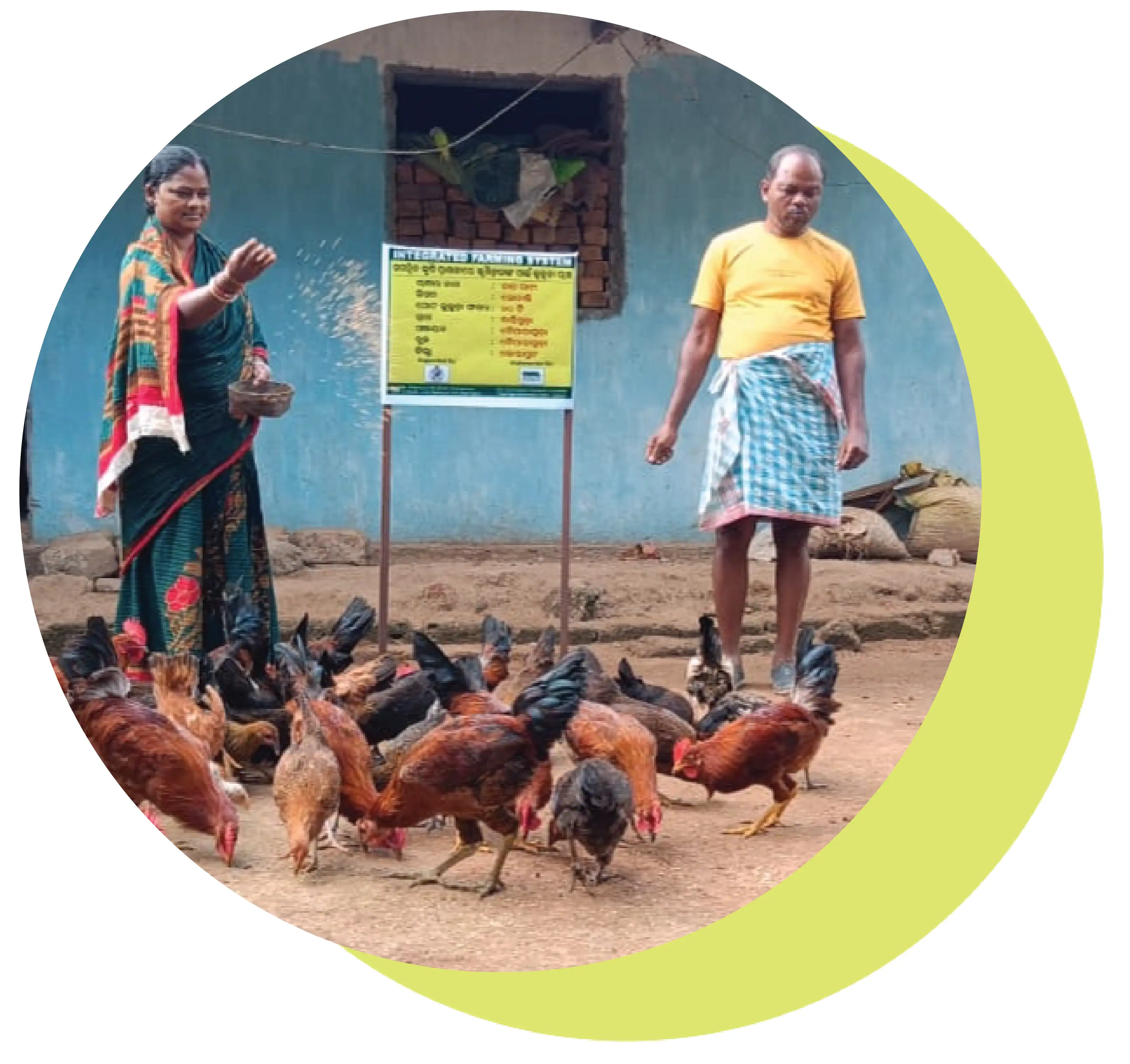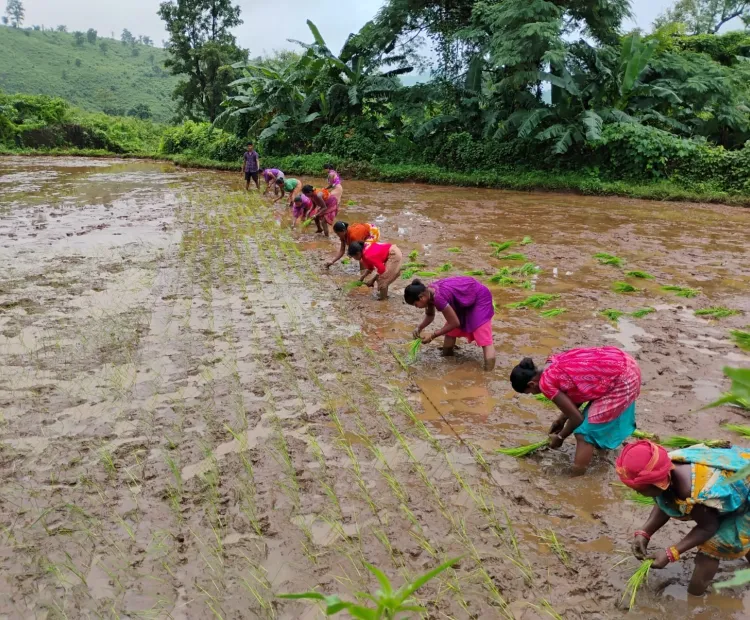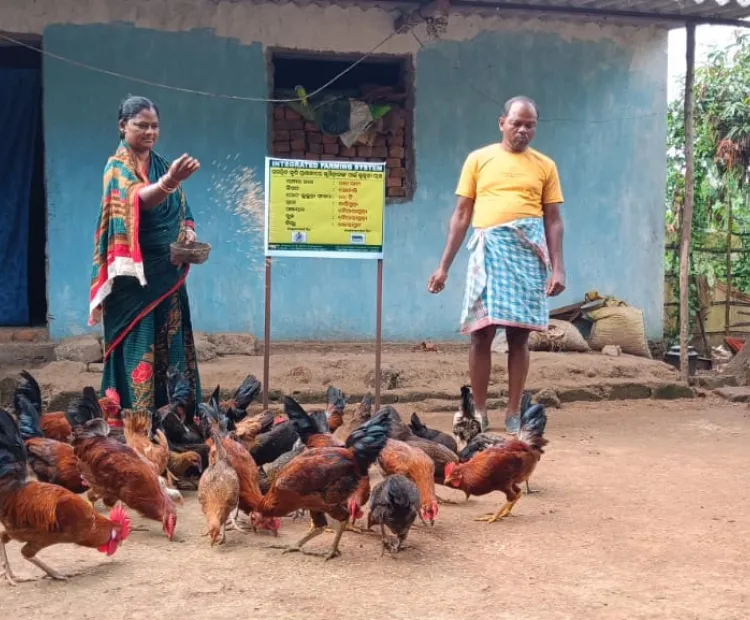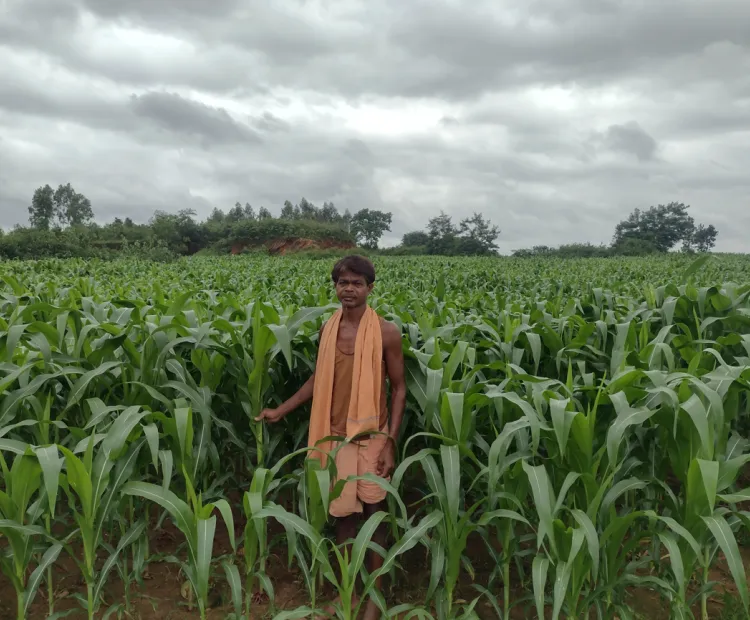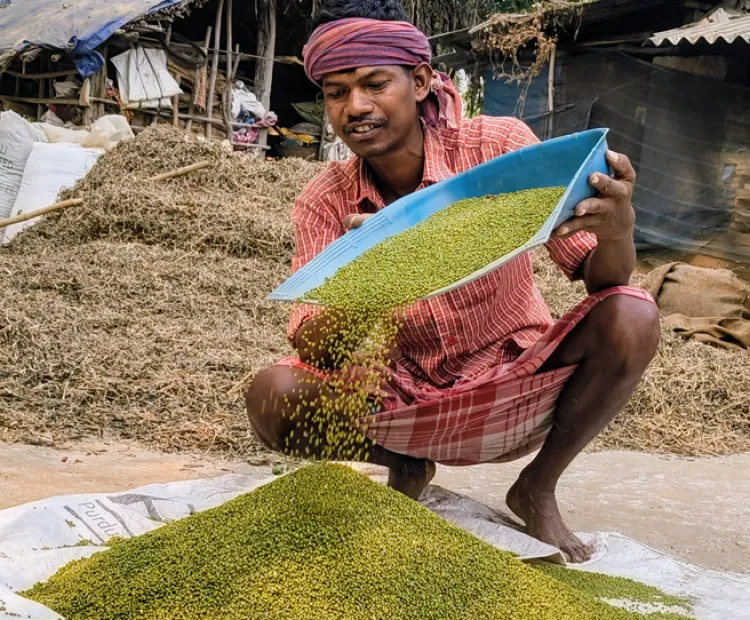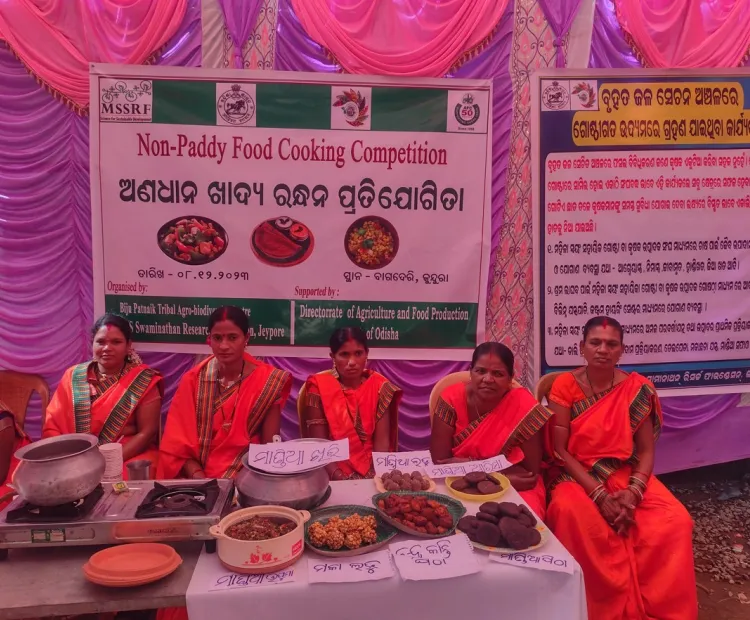Location: Koraput and Nabarangpur District of Odisha
Project Period: April 2023 to March 2026
Funder: Directorate of Agriculture & Food Production, Odisha under the Rashtriya Krishi Vikas Yojana (RKVY)
Project Overview:
The M. S. Swaminathan Research Foundation (MSSRF), in collaboration with the Directorate of Agriculture & Food Production, Odisha under the Rashtriya Krishi Vikas Yojana (RKVY), is implementing Phase-II of the “Integrated Farming Systems Model for Income Enhancement of Small and Marginal Farmers” in Koraput and Nabarangpur districts from April 2023 to March 2025 (extended up to March 2026). Building on the successful pilot implemented in Kundra and Boipariguda blocks during 2018–2021, the project aims to scale up integrated farming practices that combine agriculture with livestock, poultry, fisheries, and horticulture. This initiative seeks to enhance farmers’ income, reduce seasonal migration, and improve food and nutritional security through aqua-based, non-aqua-based, and nutrition garden models, fostering inclusive and sustainable agricultural development in tribal regions of Odisha. The project targets 2,500 small and marginal farmers across two districts, focusing on integrated farming systems to enhance livelihoods. It includes 100 aqua-based units benefiting 250 acres and 500 non-aqua units covering 1,250 acres. Additionally, 400 landless households will receive support for backyard poultry, while 150 women SHGs (1,500 members) will be involved in mushroom cultivation and tamarind processing. The project will improve livelihoods for small, marginal, and landless farmers by diversifying income sources and boosting agricultural productivity by 25%, especially in dryland areas. It will enhance food security, reduce migration, and empower women through SHG-led enterprises. The initiative will also promote soil health, strengthen local extension services, and achieve a 20–25% socio-economic upliftment, serving as a sustainable model for dryland development.
